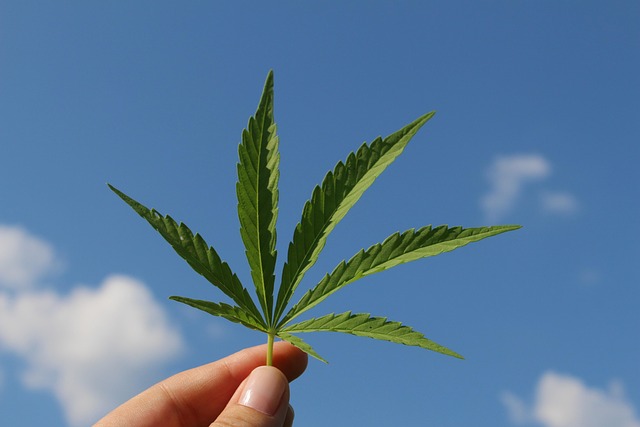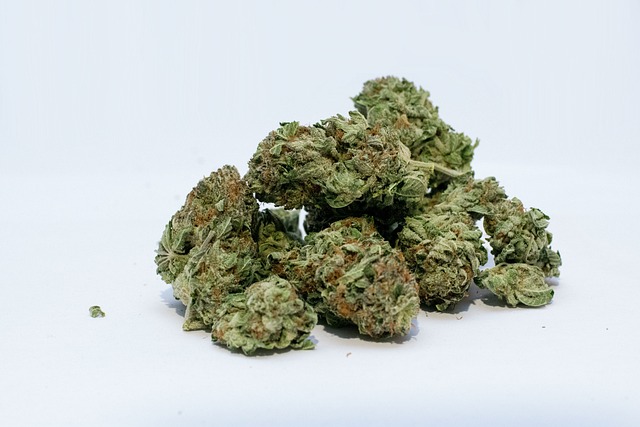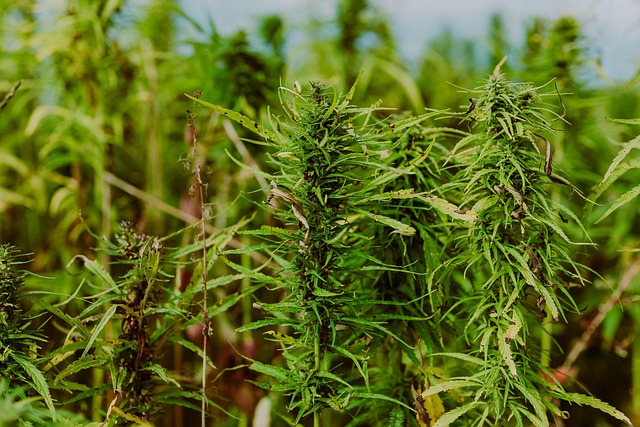In today's competitive cannabis market, understanding the difference between rosin and dabs is not just about appealing to diverse customer segments; it's about driving profitability, ensuring regulatory compliance, and delivering a superior product. Rosin, with its natural distillation process, offers pure and concentrated cannabinoids, catering to health-conscious consumers. Dabs, while potent, preserve terpenes and flavonoids, appealing to seasoned users seeking a more diverse therapeutic profile. By embracing this difference between rosin and dabs, you position your business as a leader, attracting loyal customers, reducing waste, and maximizing long-term savings. Make the strategic move – unlock new revenue streams with these natural, targeted solutions.
Are you in the cannabis industry, looking to navigate the ever-changing landscape and unlock cost savings? Understand the distinction between rosin and dabs is crucial. This article demystifies these popular extracts, highlighting best practices for compliance with new regulatory standards. By embracing proven strategies for each, businesses can minimize risks, enhance product quality, and ultimately, increase profitability. Don’t let uncertainty cost you—dive into this guide to gain a competitive edge.
- Unlock Savings: Cannabis Regulatory Standard vs. Rosin & Dabs
- New Guidelines: Best Practices for Rosin vs. Dabs
- Navigate Safely: Cannabis Standards, Rosin & Dabs Explained
Unlock Savings: Cannabis Regulatory Standard vs. Rosin & Dabs

In the dynamic landscape of cannabis regulation, understanding the nuances between various extraction methods is key to unlocking significant savings. While Rosin and Dabs have gained popularity for their potent concentration of terpenes and cannabinoids, they operate outside the formal Cannabis Regulatory Standard (CRS). The CRS, a comprehensive framework, dictates production, testing, labeling, and sale protocols, ensuring product safety and consistency. By adhering to these standards, cannabis businesses can avoid costly fines and legal complications, often seen in the gray areas where Rosin and Dabs reside.
When comparing direct costs, compliance with the CRS translates to substantial savings over time. Standardized processes reduce waste, streamline quality control measures, and simplify inventory management. For instance, a licensed cannabis producer adhering to CRS guidelines may enjoy lower overhead due to streamlined testing protocols, which can be significantly more expensive for Rosin and Dabs producers operating without these standards. This not only enhances profitability but also fosters consumer trust by guaranteeing the purity and safety of every product.
New Guidelines: Best Practices for Rosin vs. Dabs

Cannabis enthusiasts and industry professionals, it’s time to explore the evolving landscape of cannabis regulatory standards with a focus on the distinction between rosin and dabs. Understanding the unique characteristics and best practices for each is not just about adhering to new guidelines; it’s a strategic move to capitalize on market opportunities.
Rosin, derived from the cannabis plant through a solvent-less extraction process, offers a pure, potent experience with minimal additives. In contrast, dabs, produced through concentrated distillation, provide a highly potent concentrate that requires careful handling due to its high THC content. By embracing these differences, you can tailor your product offerings to diverse consumer preferences. For instance, rosin’s natural goodness appeals to health-conscious users, while dabs’ intense effects cater to seasoned consumers. Adopting best practices ensures consistency and quality control, leading to increased customer satisfaction and loyalty. This strategic approach not only aligns with regulatory requirements but also drives revenue growth by meeting the evolving demands of the cannabis market.
Navigate Safely: Cannabis Standards, Rosin & Dabs Explained

Navigating the cannabis landscape can be a complex task, especially when understanding the nuances of different extracts. Two popular forms gaining traction are rosin and dabs. But what sets these apart? Rosin is a natural resin extracted from cannabis flowers through a process similar to traditional distillation. It offers a pure, concentrated experience with a wide range of cannabinoid profiles, making it appealing for those seeking specific therapeutic benefits. Dabs, on the other hand, refer to concentrated cannabis oils vaporized from a solid form, often appearing as small ‘dabs’ or balls. While both provide potent experiences, rosin advocates appreciate its natural integrity and ability to showcase the plant’s unique terpenes and flavonoids, contributing to a more diverse and beneficial profile.
When it comes to safety and regulatory standards, knowing these differences is crucial. Cannabis regulations are evolving globally, with many regions setting quality and safety benchmarks for various products. For instance, some areas mandate specific testing procedures to ensure the purity and potency of rosin and dabs. Proper labeling is another critical aspect; clear indication of cannabinoid content, terpin profiles, and potential contaminants helps consumers make informed choices. By understanding these standards and the unique attributes of rosin and dabs, users can confidently navigate the market, ensuring a safe and enjoyable experience while reaping the benefits of cannabis’s diverse chemical makeup.
Looking to maximize your savings and navigate the world of cannabis products safely? Understanding the difference between rosin and dabs is key. Our comprehensive guide unlocks the true cost savings potential of the Cannabis Regulatory Standard, offering best practices for both rosin and dabs. By following these new guidelines, you can make informed decisions that not only protect your wallet but also ensure a safe and enjoyable experience. Take the next step towards smarter cannabis consumption – download our free guide today!
